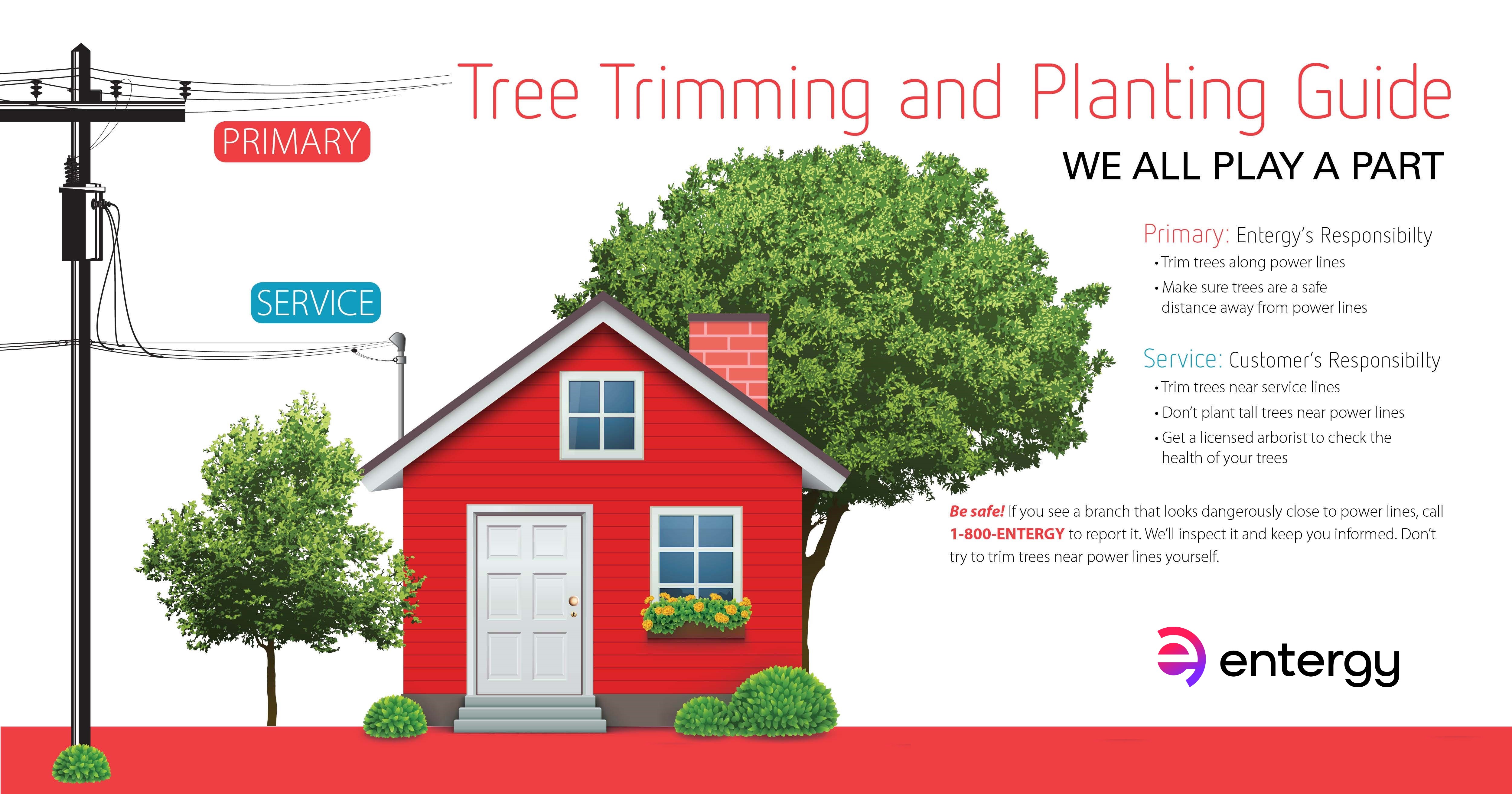Post-Tree Removal Care Plays A Considerable Duty In Landscape Reconstruction; Explore Vital Steps To Boost Your Surroundings And Minimize Future Worries
Post-Tree Removal Care Plays A Considerable Duty In Landscape Reconstruction; Explore Vital Steps To Boost Your Surroundings And Minimize Future Worries
Blog Article
Article Writer-Langley Chambers
After a tree's removal, your landscape might look fairly various, and it's important to evaluate the consequences thoroughly. You'll wish to examine the soil disruption and examine surrounding plants for any kind of signs of stress and anxiety. Ignoring these elements can cause larger issues down the line. So, what should you do with those stumps and origins? And exactly how do you pick the best plants for your revitalized area? Allow's explore these essential steps.
Analyzing the Results: Reviewing Your Landscape
After a tree removal, it's essential to analyze your landscape to understand the impact it carries your yard.
Beginning by analyzing the location where the tree stood. Search for indicators of dirt disturbance, and inspect the surrounding plants for any type of stress or damages.
You must additionally take note of how the removal has changed sunshine exposure and air movement in your garden. This change can affect the development of neighboring plants, so it's important to review their health and wellness.
Take into consideration the visual elements also; the elimination could develop an open space that you can revamp.
Finally, think of any type of potential erosion problems that might emerge from the tree's absence. Addressing these variables early will aid restore equilibrium to your landscape.
Managing Stumps and Origins: Choices for Removal
When you've examined the after-effects of the tree removal, you'll likely require to tackle the stump and roots left.
You have a few choices for elimination. One efficient technique is stump grinding, where a professional utilizes a device to grind the stump down to below ground level. This method leaves minimal interruption to your landscape.
If you prefer a DIY technique, you can utilize a mix of digging and chemical stump eliminators. Simply remember, this process can take some time and initiative.
Conversely, take into consideration leaving the stump as an all-natural attribute, which can serve as a distinct garden component or habitat for wild animals.
Whatever you choose, dealing with the stump and roots is vital for recovering your landscape.
Selecting the Right Plant Kingdoms for Your New Area
As you examine your recently gotten rid of space, picking the right plants can considerably improve your landscape's appeal and functionality.
Begin by thinking about the sunlight and dirt conditions. For sunny areas, opt for drought-resistant plants like lavender or succulents. In shaded areas, brushes and hostas flourish well.
Think about the size and development practices of your plants; mix perennials and annuals for seasonal selection. Don't neglect to include indigenous species; they require much less upkeep and assistance neighborhood wild animals.
related website in weird numbers for a more all-natural look and create layers for visual deepness.
Finally, guarantee you have a mix of shades and structures to keep your landscape vivid throughout the periods.
Satisfied planting!
Conclusion
To conclude, restoring your landscape after tree removal is a rewarding procedure. By analyzing Apricot Tree Pruning , addressing stumps and origins, and picking the right plants, you'll create a successful atmosphere. Do not neglect to include https://mariojdyrl.blogrenanda.com/41667905/maintain-the-safety-and-security-and-appeal-of-your-outside-area-with-vital-tips-for-tree-particles-elimination-learn-more-about-the-advantages-that-every-property-owner-should-understand to protect your soil. With a little initiative and care, you can change your area into a lively yard that improves your residential property. Embrace the chance to renew your landscape and delight in the charm of nature right in your yard!
